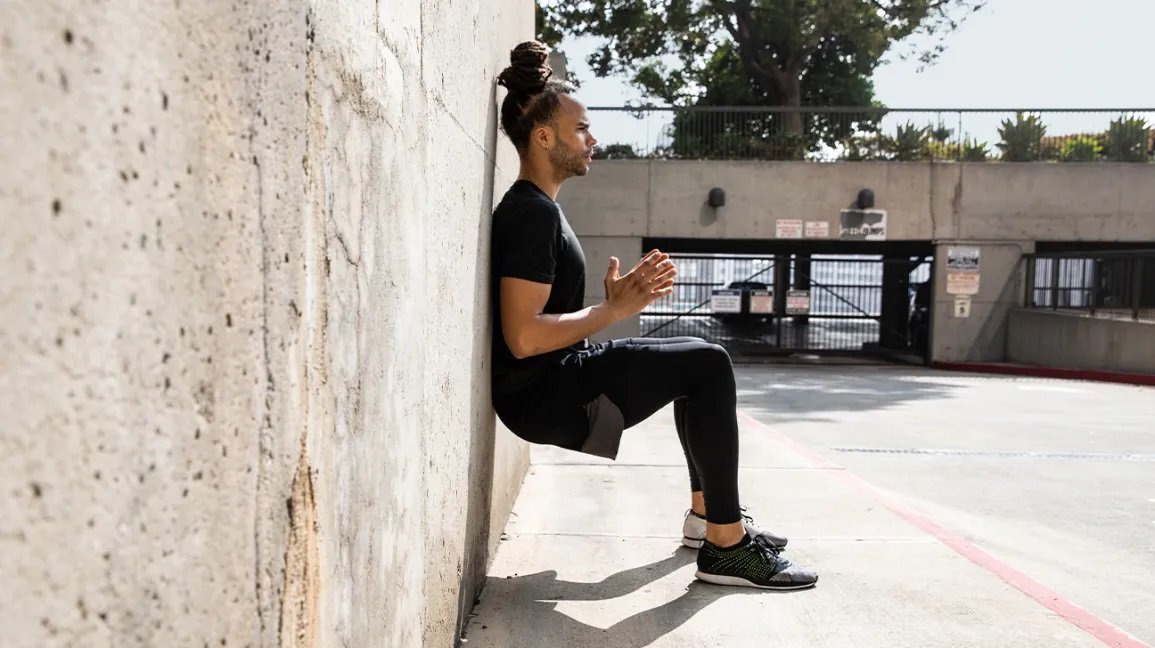What Does a Title IX Investigation Look Like?

Under the Title IX of the Education Amendments Act 1972, all schools should be supervised by a Title IX Coordinator. They are responsible for dealing with all the allegations of sexual misconduct and investigating them. The accuser and the accused are advised to consult a high school Title IX defense attorney for legal help and guidance in leading the case.
A quick guide to Title IX procedure:
According to Title IX law, all school personnel must report any instances of sexual misconduct observed in school. The school has knowledge of the incident and is responsible for the investigation. Teachers and school staff should act accordingly if they are aware of a violation on school premises.
It is to be kept in mind that only the complainant or the Title IX coordinator is legally allowed to sign the official complaint. Teachers are not allowed to initiate the investigation independently; the coordinator’s presence is necessary.
After the complaint is filed, the Title IX coordinator informs the complainant as well as the respondent about their rights and responsibilities as per the law. Current Title IX states that the school must treat both parties similarly without any biases. Both students should be offered medical care and counseling as well as additional accommodations such as allowing them to take some time off from school or help with classwork.
Both sides can legally appoint an advisor to help them through the case. That advisor could be an attorney.
When a formal complaint is filed, the Title IX Coordinator will provide an investigator to dig up all the facts and evidence regarding the case. The schools have a definite timeline for completing this investigation. It generally lasts for 45 or 60 days.
Investigators are required to gather all evidence related to the incident. This includes physical evidence such as pictures, videos, clothing, and phone records. It may consist of witness testimonies as well. Generally, investigators tend to hear both sides.
When the investigation is done, the investigator writes a full report of all the findings related to the case. Both sides get the opportunity to respond to the report and request changes, if necessary. This document is then sent to the Title IX Coordinator.
Decision-maker.
The Title IX Coordinator further assigns a “decision-maker” to thoroughly examine the report and give fair judgment about what should happen. If required, the “decision-maker” recommends the appropriate sanction for the accused student. The sanction can be mandated counseling, temporary suspension, or even expulsion of the student.












